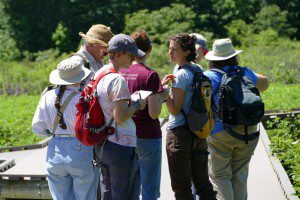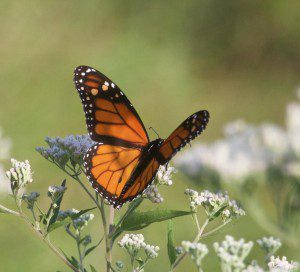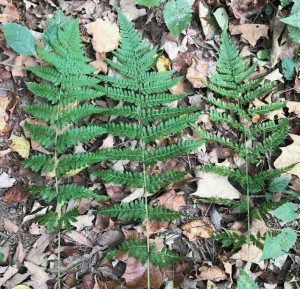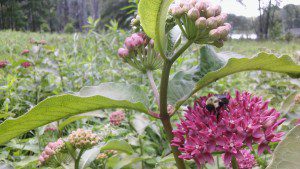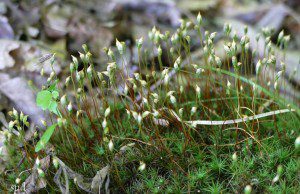Archive for 2017
Looking Back: VNPS in 2017
Small but mighty, the VNPS rose up with spirit to meet the challenges of 2017. The members of our Society did not sit around eating bonbons and gnashing teeth over discouraging events last year. Well, maybe there was some gnashing of teeth . . . but in the end, dedicated people got out and got…
Read MoreFinding Fulfillment as a Wildlife Way Station Volunteer
My excitement rose when I first glimpsed the Wildlife Way Station being maintained at the car rest area along I-95 in Dale City. A good-sized plot of land was being cultivated with native plants that were attracting and feeding many of the area’s wild birds and insects — pollinators. Those small flyers have been losing…
Read MoreBotany Without Boundaries at the Tri-State Conference
The Tri-state Native Plant Society Conference at the National Conservation Training Center was a blast this year. From the venue, to the nightly speakers, to the field trips, everything was incredible, which is why I’d like to first extend my gratitude to all those who contributed and worked so hard to make it happen. This…
Read MoreA Summer Intern Speaks Out
The listing of the Rusty Patched Bumblebee, (Bombus affinus), on the Endangered Species Act hit me as a surprise. It made me begin to think about bee habitat and how little the public knows about how to help this species. This bumblebee, along with many other pollinators, needs cover for protection throughout the year, but…
Read MoreEastern Red Cedar in the Landscape
Though many view Eastern Red Cedars, (Juniperus virginiana), as weeds in abandoned sites, we love the native Cedar for its sturdy evergreen structure in the landscape. In our native plant landscape designs, here at The Natural Garden we use Red Cedars as a dense native hedge or scattered in groups in savanna and meadow plantings. As…
Read MoreWalk With A Botanical Bunch
Many are the pleasures of a stroll into shady woods or floriferous meadows on a fair summer’s day. Exuberant spring is spent and plants still verdant and youthful now assume attitudes more calm and serene. But when you go out to walk with a Botanical Bunch, you can forget serenity. What you get is a…
Read MoreIris and Iridaceae Taxonomy Overview in Flora of Virginia
Worldwide, Iridaceae, the Iris Family comprises 65 genera and approximately 6700-7170 species. The growth forms of this family range from herbs to shrubs with all of our species being herbaceous. The Iris Family or Iridaceae was named by A.L. de Jussieu in 1789. This family was first recognized by John Ray in 1703 as a separate…
Read MoreThe Lycophytes
While I was writing about ferns and mosses, I became aware of other plants that could not be ignored, since some are very common here, such as Ground-pine and Running-cedar. These plants are Lycophytes, which happen to be the first entry of Taxonomic Treatments in the Flora of Virginia, on page 137. Lycophytes are followed by…
Read MoreEvergreen and Creepy: It’s Winter Creeper!
Winter Creeper, (Euonymus fortunei), with its glossy evergreen leaves, is easy to spot in the woods right now. This member of the Bittersweet family, (Celastraceae), is native to China, Japan and Korea. Introduced here as an ornamental plant, Winter Creeper, also known as Creeping Euonymus, has escaped cultivation, according to the National Park Service, and…
Read More
